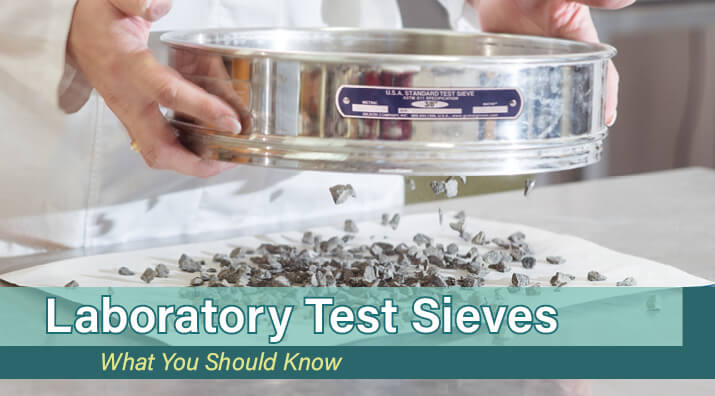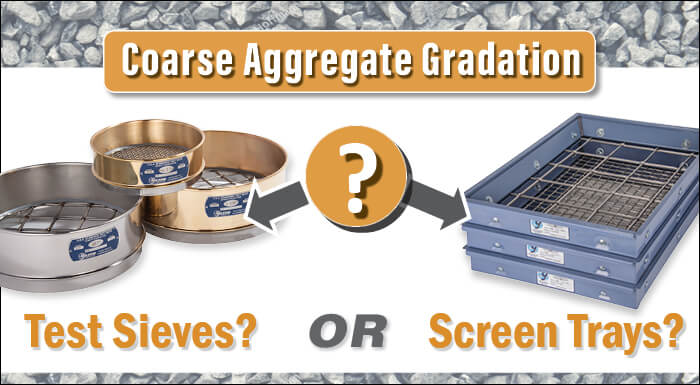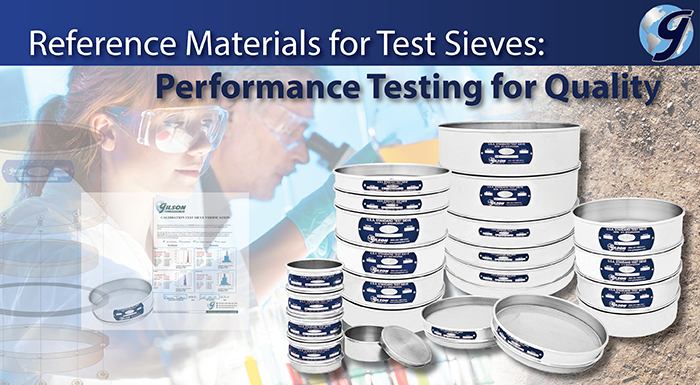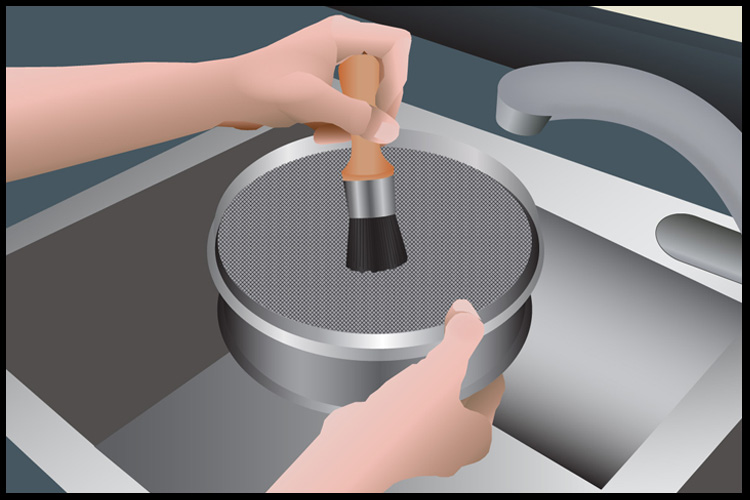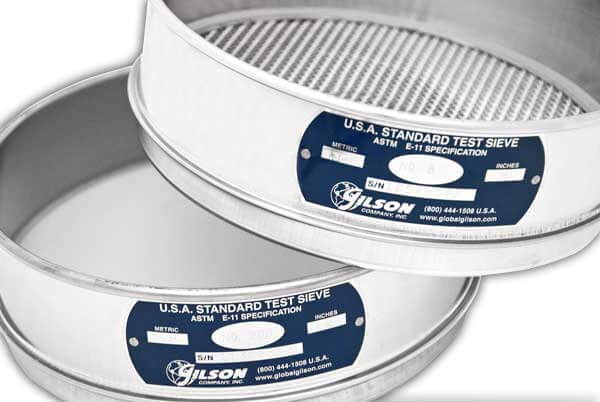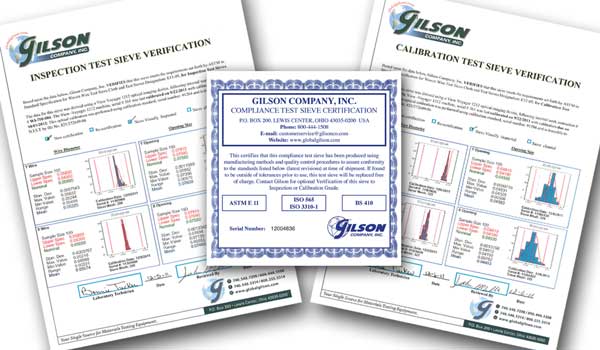Test sieves are simple devices, but they are still scientific instruments and the most cost-effective and widely used particle sizing and gradation testing method. This blog article will cover the accuracy verification of sieves, agitation and sieve shakers, accessories, and wet-wash sieves.
- Log in
- Favorites List
-
Shopping Cart
You have no items in your shopping cart.
Blog posts tagged with 'Test Sieves'
Have questions about your materials testing equipment? We have the answers to these questions and much more right here! Check back monthly for long-form blog posts, how-to guides and infographics. We’ll address industry insights, the operation and maintenance of specific equipment, and our product line recommendations, all designed to better serve you.
Bookmark this page, add it to your RSS reader, or subscribe to our newsletter, so you never miss a hot topic.
Does the particle size analysis of coarse aggregates always require a testing screen with large screen trays? In a situation where larger testing equipment is not available, there may still be ways to get the job done. Using conventional round test sieves for large particle sizes is less efficient, but still acceptable if done properly. We discuss test requirements, sieve capacities, and tips to help with equipment selection.
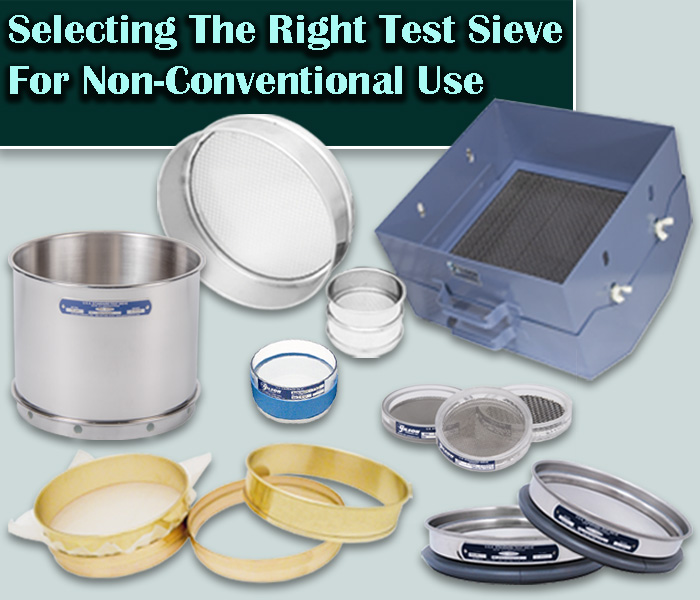
Testing sieves are not a one-size-fits-all product in materials testing. They should be selected based on application, compliance standards, sample composition, level of precision required and more.
Reference materials for test sieves are used to evaluate and help ensure continued quality performance of sieves in compliance with ASTM or ISO standards. Sieve Verification Services provide further assurance of compliance through laboratory optical or microscopic examination.
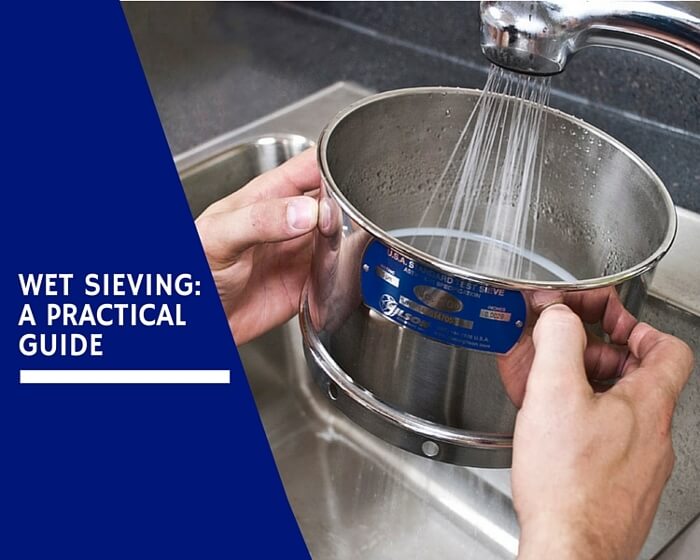
When dry sieving isn’t sufficient for producing an acceptable degree of separation between individual fractions of a sample, it’s time to try wet sieving. This blog post covers the importance of wet sieving, when it is best used, and recommended equipment for various procedures.
If you want to get optimal use out of your test sieves, you need to take the proper steps when it comes to storing and cleaning them. We’ve outlined a list of do’s and don’ts to follow this Spring so you can make your sieves last longer and retain their accuracy.
Unsure of when to replace your sieves? The best place to start is with an ongoing, in-house quality control program. Learn how to implement this type of program in five easy steps.
ASTM and ISO feature three levels of verification for measurement of sieve openings and wire diameters to maintain compliance with the set standards of the industry. Here we’ll cover Compliance, Inspection and Calibration Test Sieves so you can understand the differences and make the right selection to meet your needs.
- 2025
- 2024
- 2023
- 2022
- 2021
- 2020
- 2019
- 2018
- 2017
- 2016
- 2015
















